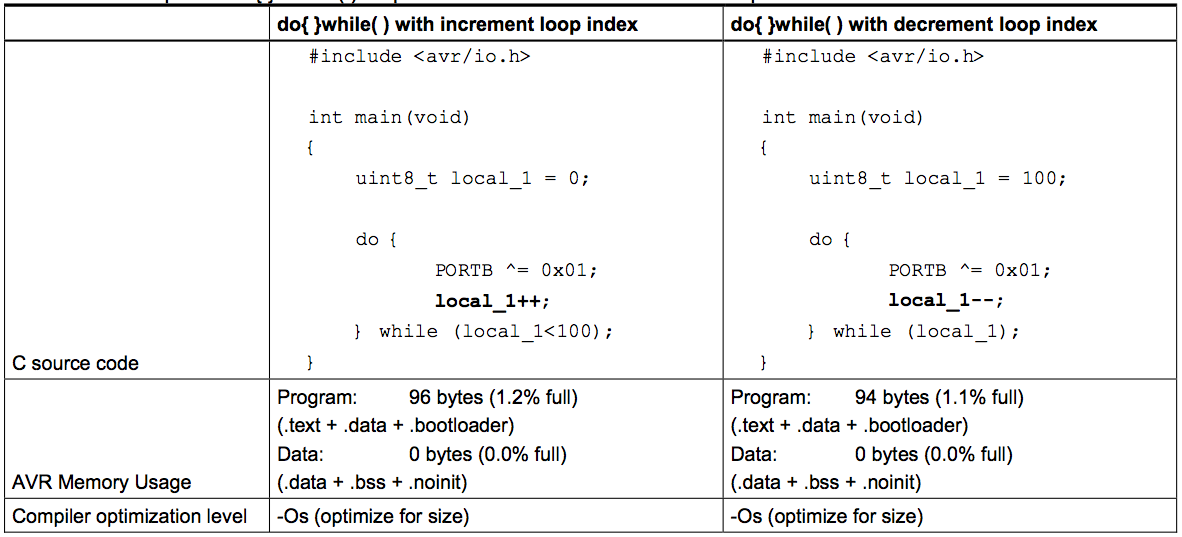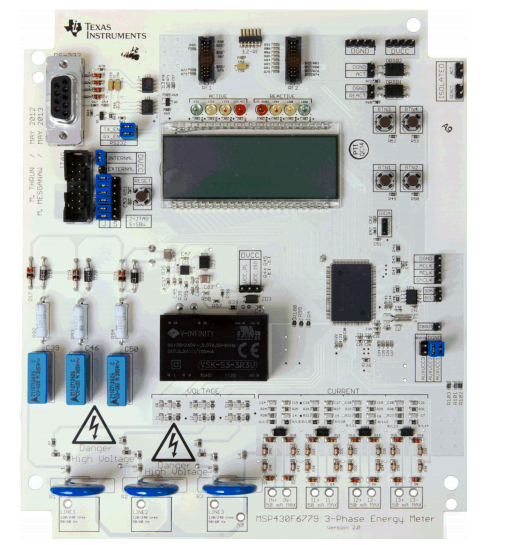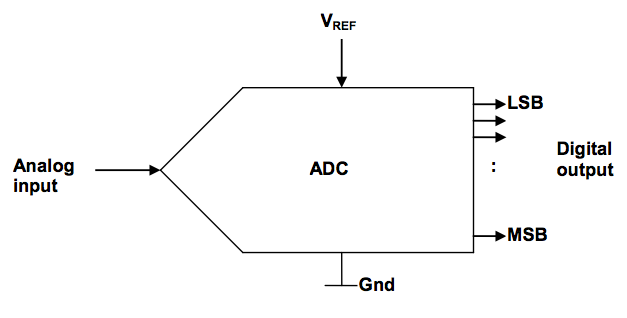Build an electric guitar tuner using Arduino

Check this latest instructable on making an Arduino guitar tuner. The audio signal from an electric guitar is amplified and fed to an ADC channel of Arduino, which further processes the signal to extract the major frequency component in the audio. Based on the detected frequency, an LED lights up to show the note of the audio. Besides, it also indicates whether the string being played is sharp, flat, or in tune.
Read more


